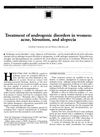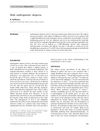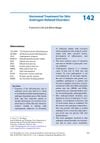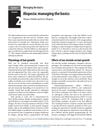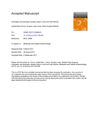Androgenetic Alopecia: An Autosomal Dominant Disorder
January 1995
in “
The American Journal of Medicine
”
androgenetic alopecia AGA DHT androgen excess hair follicles hair growth promoters antiandrogens androgen blockade agents adenyl cyclase dermal papilla cells steroid 5 alpha-reductase isozymes aromatase sebaceous glands androgenic alopecia dihydrotestosterone hair growth treatments anti-androgen treatments androgen blockers
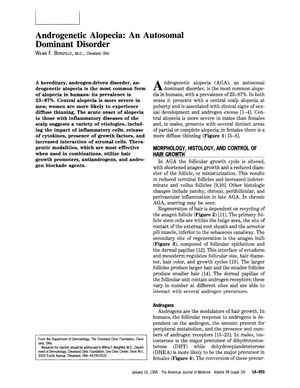
TLDR Hair loss in androgenetic alopecia is caused by genetic factors and androgen excess, and can be treated with combined therapies.
Androgenetic alopecia (AGA) is a genetic disorder that causes hair loss in both men and women. It is an autosomal dominant disorder that presents with central scalp alopecia at puberty and is associated with clinical signs of sexual development and androgen excess. The disorder is caused by increased peripheral DHT metabolism, which affects hair follicles. Therapeutic modalities that utilize hair growth promoters, antiandrogens, and androgen blockade agents are most effective when used in combination. Studies have shown that androgens can inhibit adenyl cyclase in hair follicles and affect the response of dermal papilla cells to androgens. Additionally, the expression of steroid 5 alpha-reductase isozymes and aromatase in hair follicles and sebaceous glands may also play a role in androgenetic alopecia.
